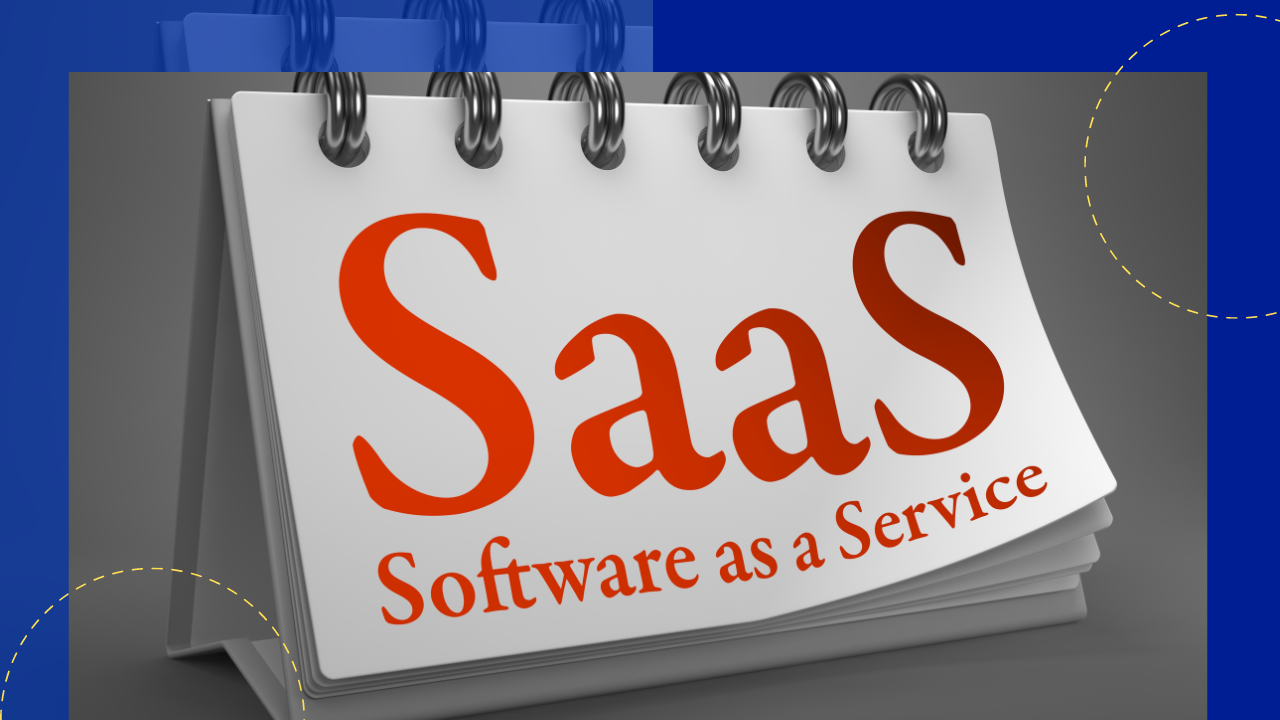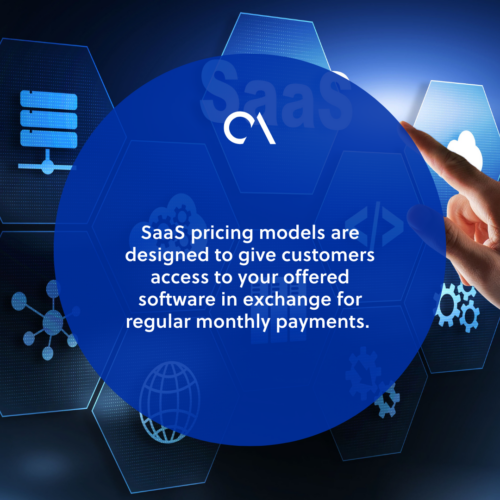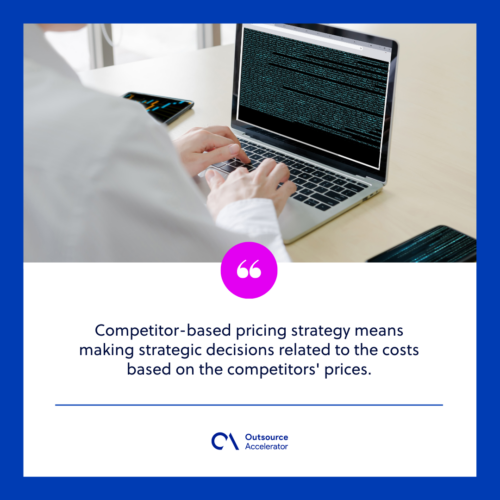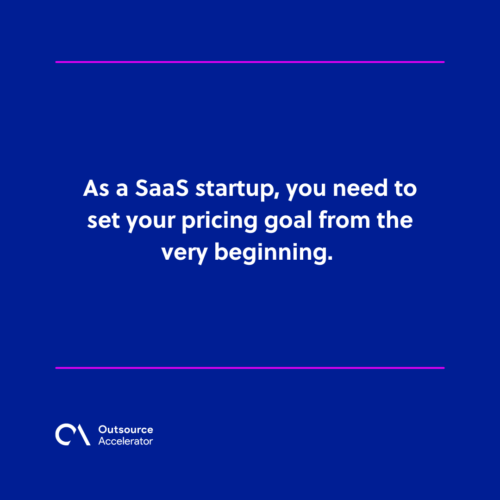Essential guide to SaaS pricing models

SaaS creates solutions for specific business processes without worrying about maintenance and security.
Understanding SaaS pricing models is one of the most critical aspects of developing a successful Software-as-a-Service (SaaS) company.
As a value-driven society, pricing reflects everything you do in a business, from product development to your website.
You must invest in an e-commerce website to market and sell your SaaS products. However, its efficiency and the number of users depend on its pricing model and how well it fits your budget.
Your choice of pricing affects your revenue, brand positioning, and how your target market perceives your company. As such, having a sound pricing plan is one factor in increasing your productivity and profit margins.
There are many SaaS pricing models, but a more comprehensive pricing plan necessitates time, patience, and market research. Not to mention your pricing strategy should constantly evolve, and you won’t always get it right the first time.
Learning to develop pricing models can be one of the most important aspects of running a successful business.
What is a SaaS pricing model?
SaaS pricing models are one of the most compelling ways to drive income to your business. It allows you to set prices according to the value of your SaaS products accordingly.
These pricing models are designed to give customers access to your offered software in exchange for regular monthly payments. The cash flow from your valued customers will be steady.
Most pricing models also offer other IT services like cloud services, including acquisition, development, deployment update, and maintenance.
SaaS pricing models are ideal for products that are either licensed or require a software download to use the platform.
Furthermore, these pricing models help scale businesses faster and let them focus on continuously enhancing their SaaS products while increasing profitability.

3 SaaS pricing models
Pricing models are an essential part of the lifecycle of a SaaS company. Here are the three significant SaaS pricing models:
Cost-plus pricing strategy
Cost-plus pricing is a pricing strategy businesses use when they have similar products and services. Retail establishments frequently employ this type of pricing model.
Entrepreneurs who use this pricing model decide what profit margin to add to the product cost to get the selling price. Additionally, the cost-plus pricing strategy makes it simple to explain to customers why prices are changing.
For example, you can justify a price increase in your SaaS product’s selling price due to rising production costs.
Competitor-based pricing strategy
Competitor-based pricing refers to the pricing of products and services based on what rivals charge. It’s essential to set the market path for businesses and ultimately determine whether their prices are too high or too low.
Competitor-based pricing strategy means making strategic decisions related to the costs based on the competitors’ prices.
For example, if the price of a SaaS product is already high, you may want to keep the price higher than your competitors.
This can be profitable because customers become more likely to buy this expensive product due to the lack of cheaper alternatives.
Some of the benefits of competitive-based pricing include:
- Straightforward approach to pricing
- Exerts market pressure by entering at a cheap cost
- Potential clients will view you as a viable alternative
- Knowledge about the competitor’s pricing approach
When appropriately applied, it can help you avoid too much friction with customers.

Value-based pricing strategy
A value-based pricing strategy is a process of determining the products’ price based on the customer’s perspective. It is client-centric, meaning that organizations base their prices on what they feel a product is worth to the consumer.
This pricing model means that a product or service’s values are determined by how the product or service addresses the customer’s needs.
Any business that employs value pricing must have a product or service that distinguishes itself from the competition.
Your offerings must also align with your customers’ values or preferences. This helps with increased brand awareness and revenue.
Additionally, you must have open communication lines and solid customer connections. For example, you may gather client feedback regarding the characteristics they desire in a product and the price they are willing to pay.
Some possible benefits of a value-based strategy are:
- Increased brand value
- Enhanced customer retention
- Determines the price at which a customer is willing to purchase a product
- Aids in incorporating customer feedback into future product design
9 steps to create SaaS pricing models
When you’re starting your SaaS business, the first important question you need to answer is your pricing model and how it will work.
Here are the nine essential steps to creating successful SaaS pricing models:
1. Set your business goal
It’s good practice to set a goal when planning to develop a new product. By setting a suitable pricing model goal, you can have more control over your income as a SaaS business owner.
As a SaaS startup, you need to set your pricing goal from the very beginning. It will be easier for you to raise money from investors if you are transparent about your pricing model.
Having clear pricing objectives can help you keep your direction when choosing between your options for pricing.
Further, potential customers and partners will evaluate your company more quickly as they will have a clear understanding of your goals.

2. Determine your target market
It is always important to know your target market and its characteristics before developing SaaS pricing models.
By doing this, you can adjust SaaS pricing, product offering, and market campaigns to attract customers with a higher value.
3. Assess your competition
Assess your competition and determine how they are pricing their software. It gives you a good background of what to expect from the market in general.
By assessing the pricing competition, you can offer additional features and benefits that your competitors lack.
Moreover, this will help you navigate how much product and service value you need to provide to set the right price for your customers.
4. Conduct an A/B test
A/B testing your SaaS pricing models is one of the easiest and most effective ways to convert more buyers into customers. Conducting this for your SaaS pricing models will help you discover which approach works best for your business.
5. Avoid the free pricing plan
Free pricing may devalue your SaaS products and can turn customers away from your business’s offerings.
Even if free plans are perks, it may give people the impression that you offer lower-quality products that may malfunction anytime.
6. Focus on perceived value over cost
People value their money as much as businesses do. So your services and products must be valuable to create a great perception in the people using them.
Focusing on the perceived value assures your customers are getting excellent quality for what you ask them to pay.
7. Study different pricing models
Each company has a unique approach to setting its prices. Understanding how businesses set their SaaS pricing models helps you to decide which one is right for you.
Studying different SaaS pricing models can help you gain a competitive advantage and determine the profit model that best suits your business needs.
8. Pick a pricing model
Pick a SaaS pricing model that will allow you to sustain your business and make it grow. To do this, you need a profitable strategy that aligns with your market and audience.
You can use the following questions as a guide in choosing the suitable pricing model.
- What type of business are you creating?
- What problem does it solve?
- How effective will the pricing model be in solving that problem?
If the answer to the questions matches the features of a specific pricing model, then it may be the right one for you.
But then again, consider examining if the pricing model works out for your business – test the model and assess the result.
9. Create an irresistible offer
Create an irresistible offer for your target customers when you introduce your SaaS products. Give them a reasonable price and ensure that the cost equals the quality of your offerings.
Essentially, asking your customers what they think of your products and services will help you cater to their needs more effectively.
Align your SaaS pricing models with your business goal
There is no right or wrong model because if a particular model works for you, it is the suitable one.
However, the most crucial thing to remember is that your pricing model should always align with your business goal. Start by defining what you want to accomplish and align it with your business and SaaS pricing models.
You will be able to employ sales strategies on autopilot that are directly in line with your goals, which means higher profits for your business.
If you align your pricing model with your goal, achieving positive results will be easier.
Keep this guide in mind and set a fair price that serves your business well!







 Independent
Independent




